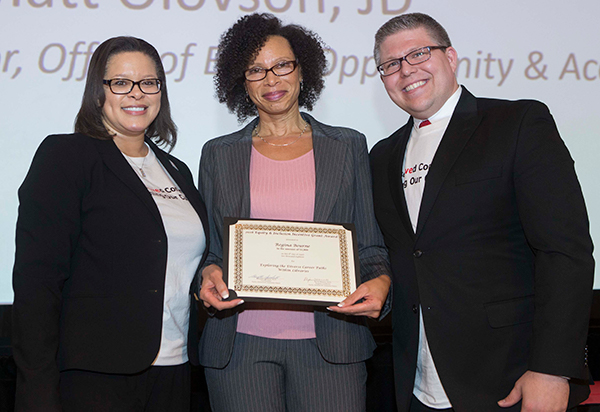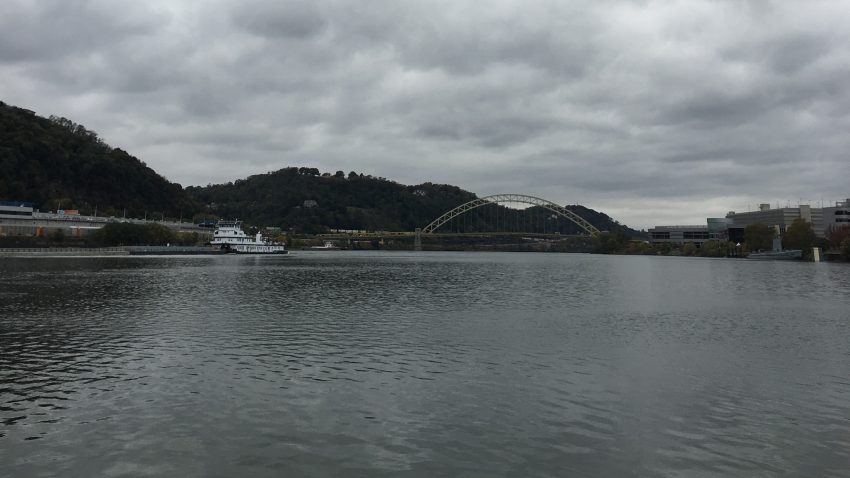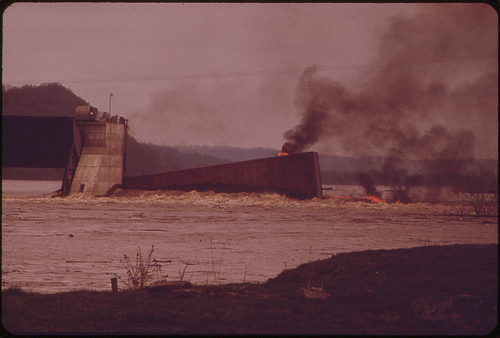
Sunrise over Yellowstone Lake, US Geological Survey. Photo credit: Philip Sandstorm, Montana State University.
Supreme Court Justice Louis Brandeis famously stated that “sunlight was the best disinfectant,” enshrining a principle of transparency as a cornerstone for open democracy and good governance. The United States passed the Freedom of Information Act following Watergate in 1974, and many states subsequently adopted their own freedom of information (FOI) laws (often times referred to as sunshine, open records, or right to know laws). Freedom of information laws give the public broad rights to access records, however the burden to obtain the information still falls on the individual.
Since the passage of FOI laws, there has also been a movement towards what is known as proactive disclosure. This is when public entities proactively share information, data, and records with the public. The internet has made proactive disclosure cheaper and easier, and has given rise to many efforts towards what is known as “open government,” in which data sets from the government are made available to the public.
Transparency of information is an idea that most people agree on in principle, but in practice, the implementation is very uneven. Furthermore, there isn’t conclusive evidence that transparency leads to improvement for the public. In “Transparency With(out) Accountability,” Shkabatur (2012) notes that voluminous amounts of government information are now available, however a lack of context around that data, agency discretion over what to release, and a lack of enforcement has not led to government accountability.
An example of this paradox of transparency can be seen with environmental information. State and federal environmental laws require the disclosure of massive amounts of environmental information. On the other hand, that information is often not contextualized and agencies are not necessarily required to make information easy to find and understand, as long as it is available somewhere. In other words, Ohio may release information related to where gas wells are located, but it does not have to share other information that would make this information meaningful to the general public, such as how many complaints have been filed in proximity to a given well.
In this example, the Ohio Department of Natural Resources can technically say they are being “transparent” – after all, they are providing information about wells on a website accessible to the public. But unless you are a subject specialist, many of the available well records are incomprehensible to the general public. The records show evidence of actions that an agency took (approving construction and ongoing production of a well), but few of the records shed any light on the broader policy decisions and directions of the agency.





